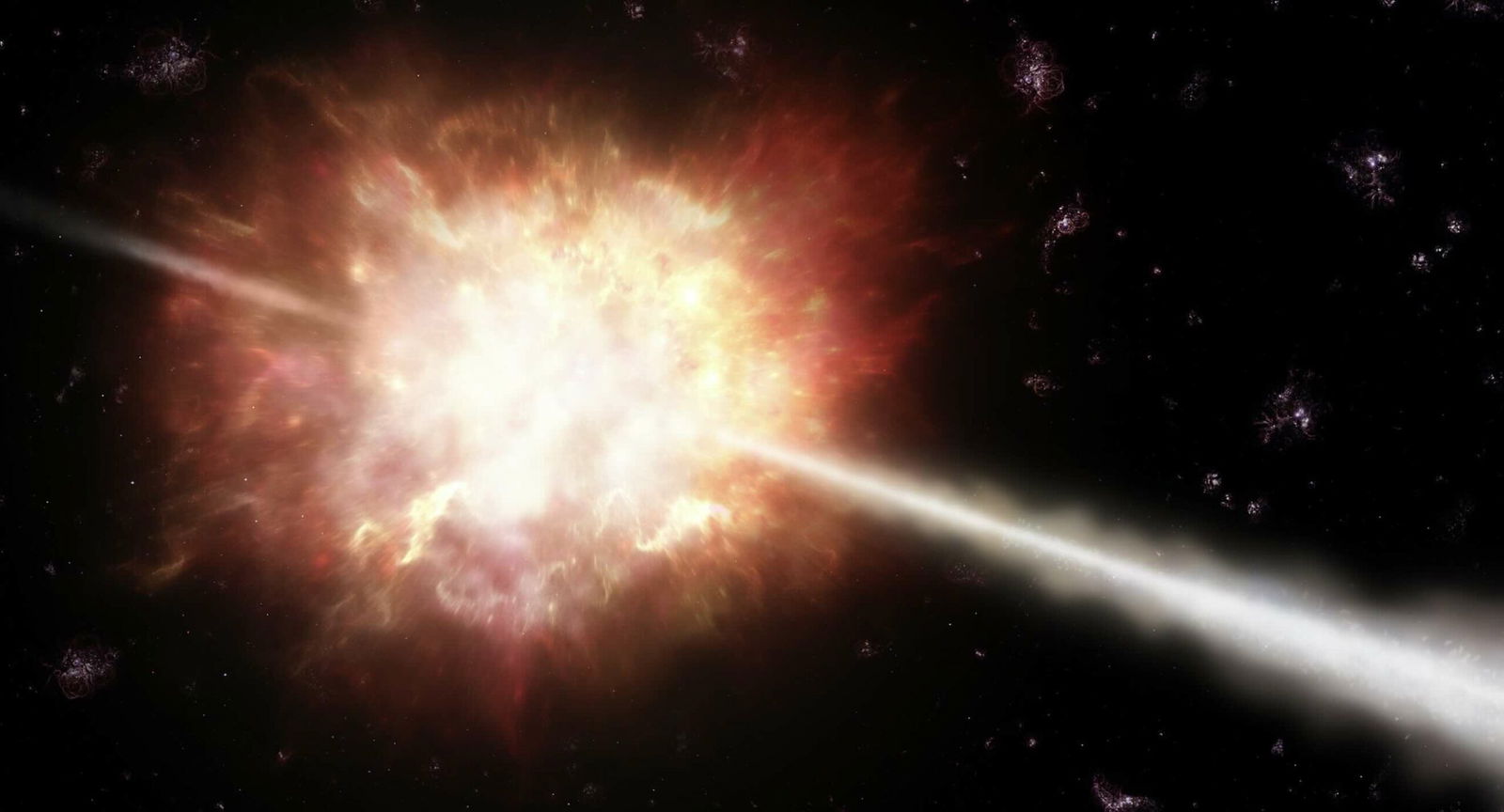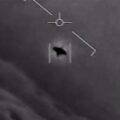Scientists have discovered the highest energy spectral line features ever associated with a gamma-ray burst, according to newly published findings.
The discovery, made by a team of scientists from the Institute of High Energy Physics (IHEP) of the Chinese Academy of Sciences (CAS), involved the detection of a gamma-ray line that reaches up to 37 million electron-volts, resulting from what the researchers identified as an exceptionally bright gamma-ray burst called GRB 221009A.
These highly energetic bursts are recognized as the brightest and most powerful events known to exist in the universe, representing the most energetic explosions that have occurred since the Big Bang.
“As the brightest gamma-ray burst ever observed, GRB 221009A provided a precious opportunity to explore spectral line features,” the researchers write in a new study that details their work.
“For the first time we investigated the line feature throughout this GRB including the [brightest] part where many instruments suffered problems, and identified prominent emission lines in multiple time intervals,” the team writes.
Gamma-ray lines are spectral lines that represent the interaction of energetic ions with ions in a thermal plasma. The team’s recent detection reveals that the gamma-ray line they observed evolves as a power-law function of time, a quantitative relationship that involves two quantities where any change in one will result in a proportional change in the other.
With regard to the recently observed gamma-ray line, this relationship allowed the team to obtain unique insights into the nature of this highly energetic event, offering crucial insights into gamma ray bursts.
Astronomers already know that these energetic events are most associated with events that include the core collapse of very massive stars, as well as collisions between celestial objects like stars, or even black holes.
Earlier this year, observations by NASA’s James Webb Space Telescope led to the detection of a massive supernova associated with GRB 221009A, pointing to its low production of radioactive nickel. The gamma-ray burst lasted close to seven minutes, and events of comparable magnitude are believed to occur only around once every 10,000 years.


Challenging currently accepted models involving these energetic cosmic events, the discovery of GRB 221009A led to it being aptly named the “brightest of all time,” or BOAT, following its initial detection on October 9th, 2022.
GRB 221009A is believed to have originated from the collapse of a massive star and was detected by several telescopes around the world. In the recent research, scientists from IHEP, Yunnan Observatories of CAS, Hebei Normal University, and Guizhou Normal University worked together to analyze data collected from a pair of gamma-ray monitors, GECAM-C and Fermi/GBM.
With the data obtained from GECAM-C, the international team was able to obtain precise measurements of the low-energy band spectrum. Meanwhile, Fermi/GBM data provided the team with high-energy band readings associated with the gamma-ray line. Although there was some loss of data in the Fermi/GBM detections due to the brightness of GRB 221009A, GECAM-C was not affected, providing enough data to allow for correction of the Fermi/GBM data.
Based on their comprehensive analysis, the research team were able to calculate the spectra of the GRB, identifying several gamma-ray lines and revealing the team’s noteworthy discovery of the 37 million electron-volts gamma-ray line.
While the line’s energy varied as a power-law function of time, the team also found that the ratio of the line width to line energy was constant, an observation that allowed the researchers to confirm the association between these gamma-ray lines and GRB 221009A.
The team says its findings “shed new and important lights on the physics of GRB and relativistic jet[s],” advancing our understanding of the most energetic phenomena known to occur in the universe.
The team’s research was detailed in a new study that appeared in Science China Physics, Mechanics & Astronomy.
Micah Hanks is the Editor-in-Chief and Co-Founder of The Debrief. He can be reached by email at micah@thedebrief.org. Follow his work at micahhanks.com and on X: @MicahHanks.

